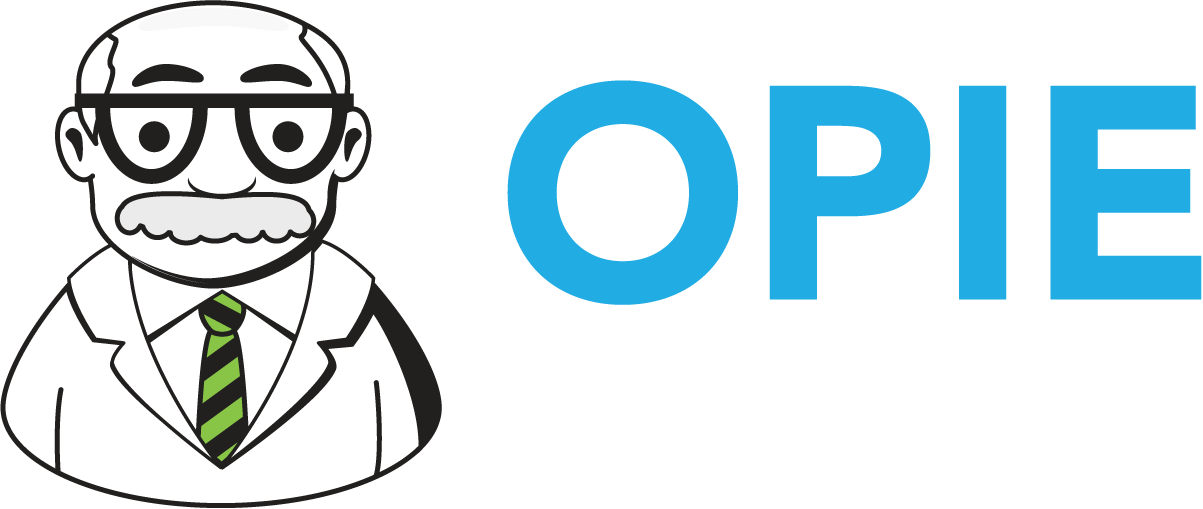To Make a Change at Work, Tell Yourself a Different Story
Excerpted from a story by Monique Valcour and John McNulty in HBR, August 24, 2018
Humans crave coherence. We want to be true to ourselves and to act in a way that’s consistent with what we believe and value. We want to live and work authentically. This quest for coherence is hardwired; psychologists often refer to human beings as “meaning-making machines.” Our brains create coherence by knitting together our internal experiences and what we observe in our environment through an automatic process of narration that explains why we and others do what we do. As we repeat the resulting stories to ourselves (often unconsciously), they become scripts and routines that guide our actions. And instead of recognizing our stories for the constructions they are, we may mistakenly interpret them as truths, as “the way things are.”
Stories shape the way we think and lead. Do you ever say to yourself, “Everything is always a battle around here” or “Why doesn’t anyone care about wasting money?” For better or for worse, our stories shape what we notice and how we interpret it. They inform our decision-making and behavior. If, for instance, you see your workplace as a battlefield, you expect hostility. You’re primed to attack and defend. You may assume that casualties are inevitable. You may misinterpret people’s intentions and overlook opportunities to collaborate. There may come a time when you need to shift your guiding story to one that enables you to pursue new goals or do things differently.
Step 1) Identify and examine the stories you tell yourself and others.
Identify a challenge you’re facing. What is the basic story you tell yourself about this issue?
Step 2) Determine how your story affects you. Is it constraining or liberating?
In organizations, shared experiences and stories work as control mechanisms that tell employees what to value and how to behave…are these corporate stories really your stories?
Step 3) If you find that one of your guiding stories limits you, the next step is to consider what you’d like to change and how your story would need to shift to help you achieve the transition.
Once we realize that our behavior stems from stories we construct and repeat until they seem fixed in stone, we become more capable of authoring liberating stories. Reconstituting our stories so that they help us move in the direction we want to go is a process of choice and intentional sense-making. Any leader can begin to develop this powerful skill by learning to recognize the stories you live by — individually and collectively as a team or organization — examining their effects and refining them to emphasize empowering elements. The rewards of doing so include an increased sense of humanity, coherence, and liberation.
Satisfaction with our jobs is deeply rooted in a coherent confluence of our personal stories and our employer’s demonstrated mission, vision, and values. When these are all aligned, we enjoy going to work. When these fall out of alignment, then work starts to become a struggle, and we face internal conflict. Something will change: the stories we tell ourselves, the culture of our organization, or our place of employment. Try to recognize your own stories and evaluate how well they align with your place of employment.

